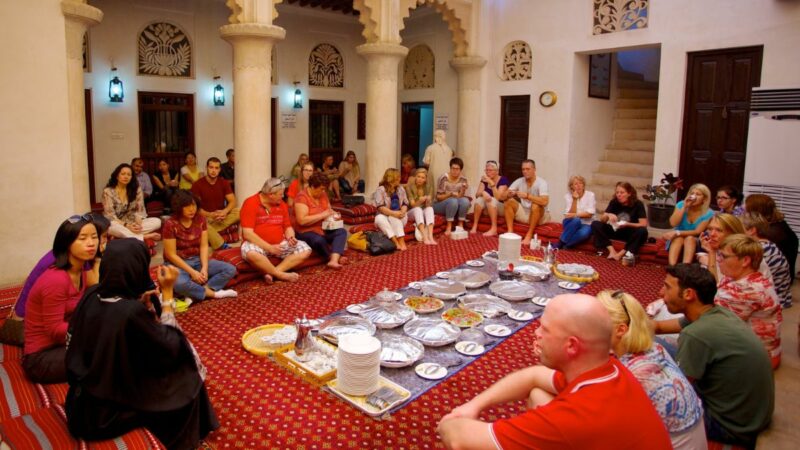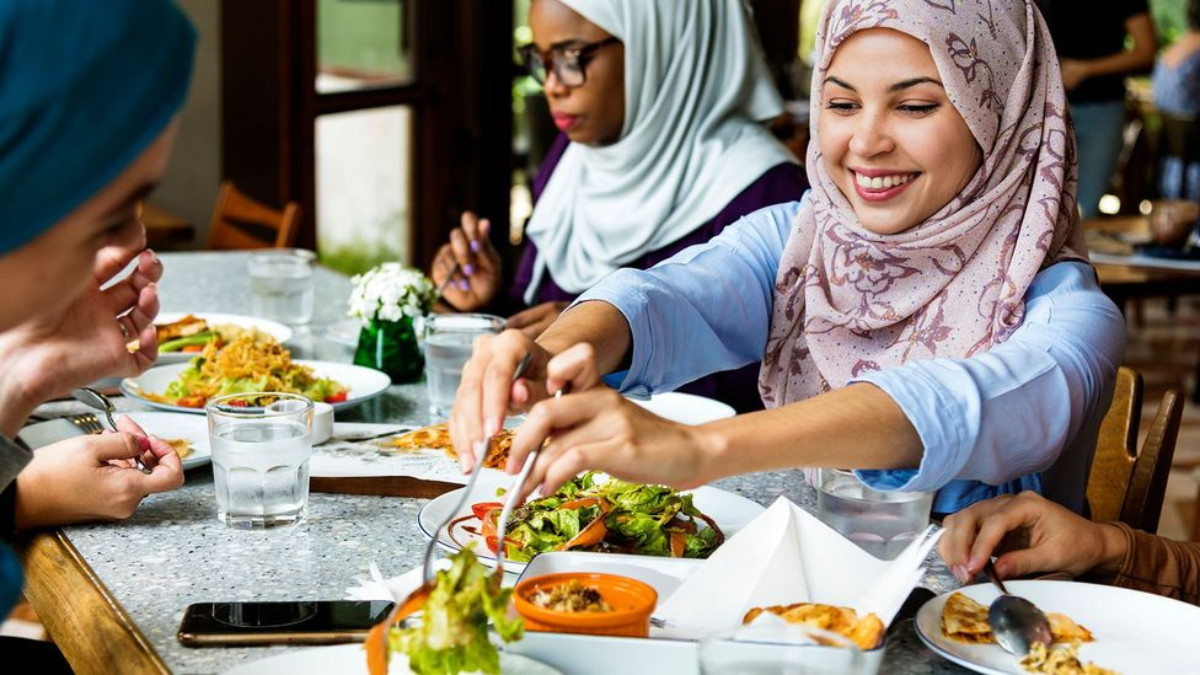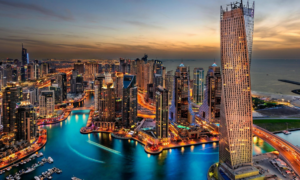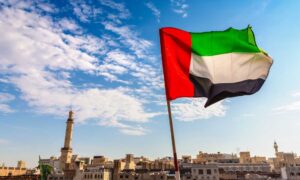Let’s be honest—food is the universal love language. And if you haven’t explored the bold, aromatic, and downright mouthwatering world of UAE cuisine, you’re seriously missing out. Emirati dishes are a beautiful blend of tradition, spice, and, let’s be real, a whole lot of flavor. Whether you’re sipping on a tiny, fragrant cup of Arabic coffee or diving into a plate of date-filled treats—basically, the UAE food answer to a cozy, soul-warming Dubai delicious food—you’re in for a treat.
So, buckle up, fellow foodie, because we’re about to take a delicious deep dive into the best lunch foods, Arabic spices, and must-try dishes in the UAE. Ready? Let’s eat!
Rice, meat, and fish are widely served at lunch and dinner
People in the UAE traditionally eat Dubai’s delicious food, including rice, meat, and fish as staple foods. As a maritime community, seafood has been the most popular item for lunch and dinner in the Emirate. And a typical lunch or dinner is steamed rice and grilled or fried fish or fish Salona (curry made with ketchup and Arabic spices).
Being a coastal city, fish is the main ingredient in many regional dishes. One of the most well-known is Al Madrooba, a combination of salted fish, Arabic spices, and a thick sauce. There is always rice, typically served with saffron, nuts, and spices. Moreover, other typical Emirati dishes include Saloona Deya ma Khudar (spiced vegetable and meat stew), Aysh Biryani (light rice), Deyay Nashef (chicken cooked in a rich, aromatic tomato sauce served with rice or fluffy flatbread), ma Khoboz Wagafi (traditional Emirati bread), Robyn Mashwi (spiced, grilled jumbo shrimp served with rice or flatbread), and Luqa (deep-fried dough balls slathered in date syrup).
Meat, grains, and dairy products are widely used in traditional UAE food. Numerous Emirati recipes rely heavily on dates, roasted nuts, and dried limes, known as loomi. Being a desert country, vegetables don’t appear as frequently in local food.
Chicken, small poultry, goat, and sheep are the most consumed meats in the UAE. As a Persian Gulf country, fish and seafood are prominent features of the Emirati diet. Camel meat is also eaten, although it is usually reserved for special occasions. Stews made in one pot make up many traditional Emirati dishes. This can be related to the country’s desert environment, where it was crucial to have fewer dishes to wash.
Chabab bread or Khameer bread is the first choice for breakfast
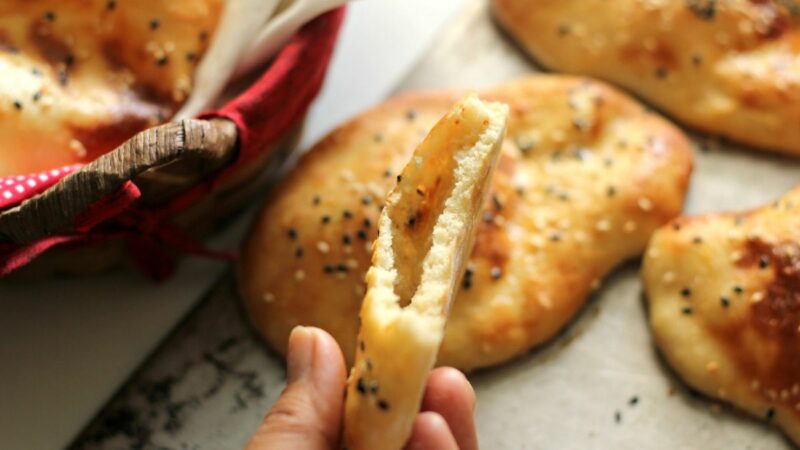
A typical Emirati breakfast includes Chabab bread (Emirati pancakes), khameer bread, khubz ridag (pancakes), biseetah, a sweet dish made from dates, and khabeesa, another dish made from rice. Dates and noodles
“Dates are traditionally used as a common ingredient in many Emirati dishes because they are the easiest to find. People often eat bread with date syrup and goat or camel milk cheese.
Location: Arabian Tea House Restaurant & Cafe
When: 08:00 – 23:00
Contact Details: +971 4 353 5071
Food habits of UAE people
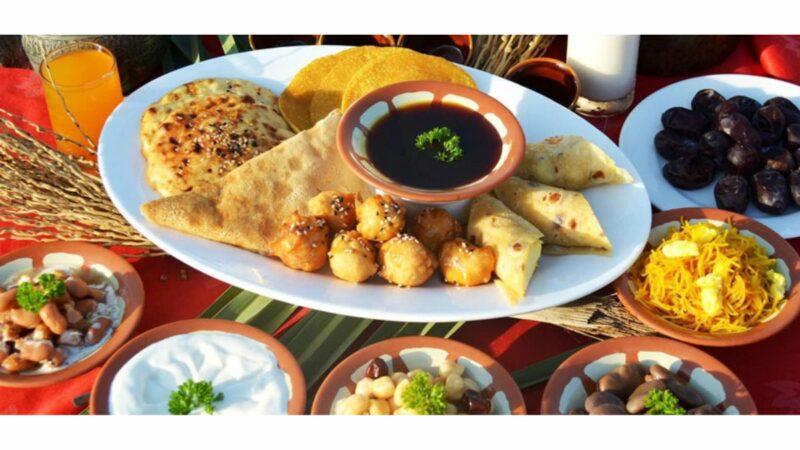
Baleelat
The Baleetat is a blend of salty and sweet flavours. It is a breakfast meal with Arabic spices that combines vermicelli and omelette. For flavour, ingredients like sugar, cinnamon, saffron, cardamom, orange blossom, or rose water are used. And then, the sweetened vermicelli is mixed with spices, and a thin omelette is placed on top of the entire dish.
Balaleet is typically served warm for breakfast but should be served cold for dessert. Balaleet is occasionally served with black-eyed beans and garbanzo beans. It is said that when the Emiratis tried cooking with pasta, Balaleet entered their cuisine.
Location: The Big Chill Cafe
When: 08:00 – 23:30
Contact Details: +971564247543
Khobz Al Khameer
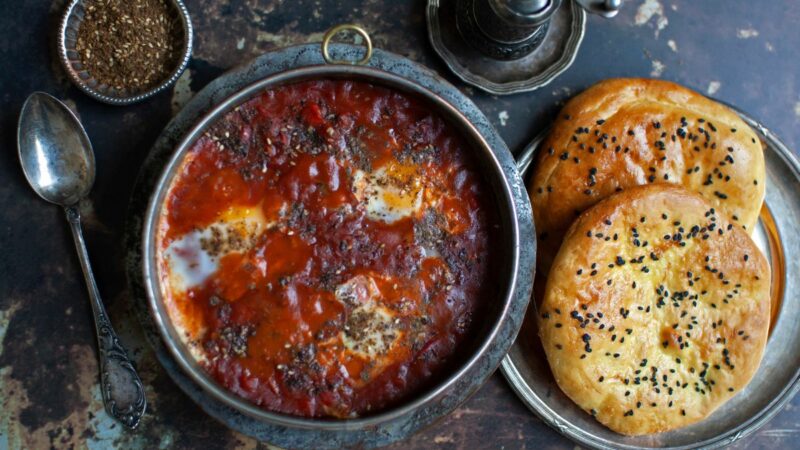
Khobz al khameer is a traditional Emirati flatbread often served as a breakfast meal. It’s a French toast toasted with buttermilk or eggs and topped with sesame seeds. It is made with the same ingredients as yeast bread served in other parts of the world.
Khobz al khameer is a hollow, airless bread baked on a bread machine or in a special khameer oven. First, the bread is baked on the oven lid for a minute before being transferred inside, where it rises and rises rapidly.
When baking, the hollow centre of the bread can be covered with date flour or any other filling. The UAE food can also be served with cheese and date syrup.
Location: AL KHAYMA HERITAGE RESTAURANT
When: 08:00 – 23:00
Contact Details: +971 55 403 0943
Hareeth
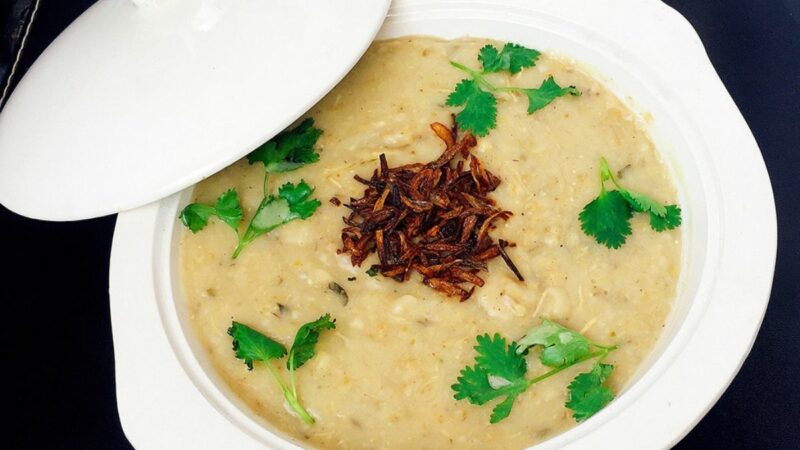
Hareeth is usually served as lunch food. It is also served at ceremonies and gatherings in the traditional Hareeth. Its preparation takes a long time. At least three hours must be spent continuously boiling. If the meat is included, the time required will increase.
Location: Ahla Tallah Grand Gourmet Restaurant
When: 08:00 – 04:00
Contact Details: +971502296000
Khuzi
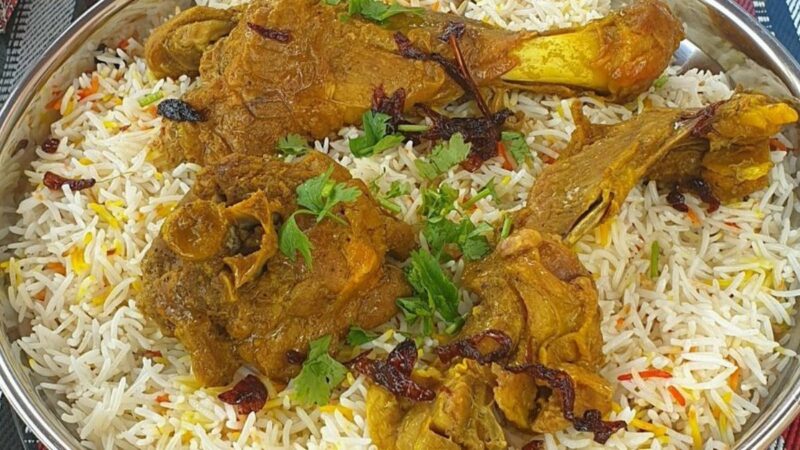
Ghuzi, or khouzi, is the national UAE food. This is a complete, hearty, and delicious meal consisting of grilled lamb or lamb served over rice and garnished with vegetables and nuts. Weddings and parties are filled with this delicious date food.
Location: ZouZou Turkish & Lebanese Restaurant
When: 09:00 – 02:00
Contact Details: +97143430093
Al Machboos
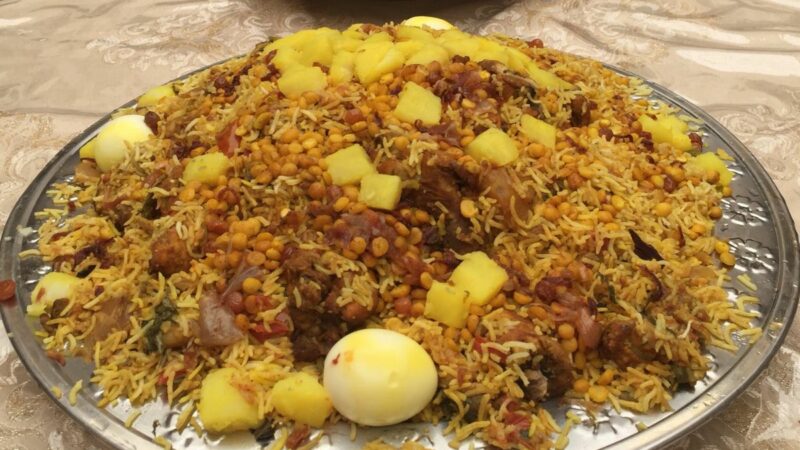
No Dubai food guide is complete without Al Machboos. It is another popular lunch food in the UAE. The main ingredients of Al Machboos are red meat, fish or shrimp, and rice. Seasoned with a special ingredient, Loomy (dried lemon), this dish is successful in the United Arab Emirates. The cooking process is not overly complicated and follows a few steps. First, the meat is cooked until tender, then removed from the pot. The rice is put in a pot, and meat, onions, spices, and other ingredients are added to complete the dish. We recommend trying it with raita and salad for a delicious meal.
No meal is complete without dessert! Mehalbiya dish is a delicious and rich dessert due to its flavour thanks to many pistachios and fragrant rose water. This delicious dessert is for those with a sweet tooth.
Location: Al Fanar
When: 12:00 – 23:00
Contact Details: +97142329966
Arabic Coffee
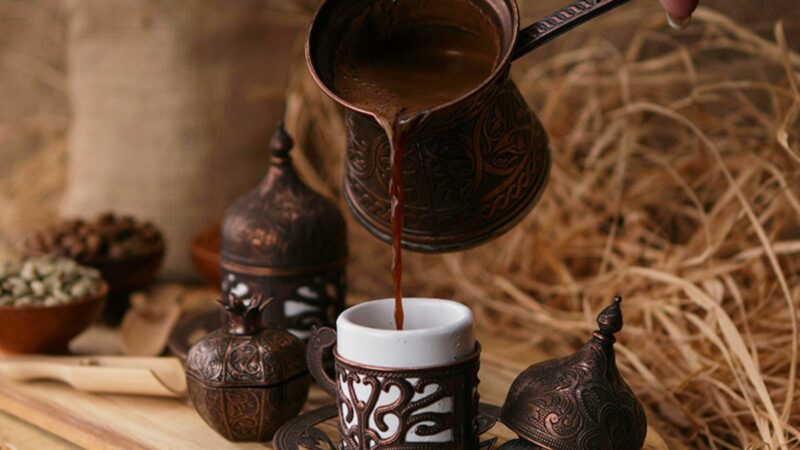
If you are a coffee lover, the streets of the United Arab Emirates will make your mind go crazy with the lingering aroma of strong Arabic coffee. Traditional gahwa is seasoned with cardamom, cumin, cloves, and saffron. It is usually served with fresh dates. The people of the UAE love coffee.
These are some foods and drinks that are included in the daily routine of the people of the United Arab Emirates. If you’re planning to visit the UAE, you must try these Dubai’s delicious foods.
Experience the rich flavors and cultural heritage of Emirati cuisine at these standout restaurants across the UAE. From nostalgic settings to contemporary twists on traditional dishes, these venues offer something special for every foodie.
Location: Shanghai Me Dubai
When: 12:00 – 24:00
Contact Details: +97145640505
Let’s check some other famous restaurants below:
Al Fanar Restaurant & Cafe (Multiple locations, including Dubai Festival City Mall)
Step back in time to 1960s Dubai while savouring authentic dishes like Raqaq and Chebab in a nostalgic ambience.
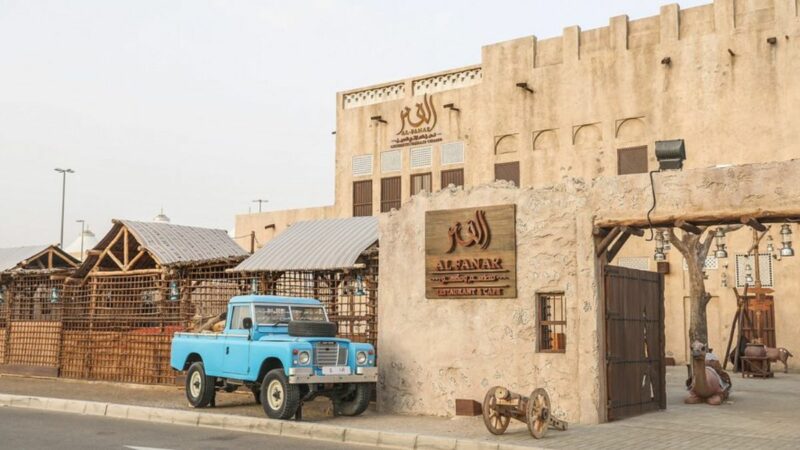
Logma (Dubai, JBR and The Dubai Mall)
Enjoy Khaleeji cuisine with a modern twist, featuring delights like Khameer bread sliders and the sweet-savory Balaleet.
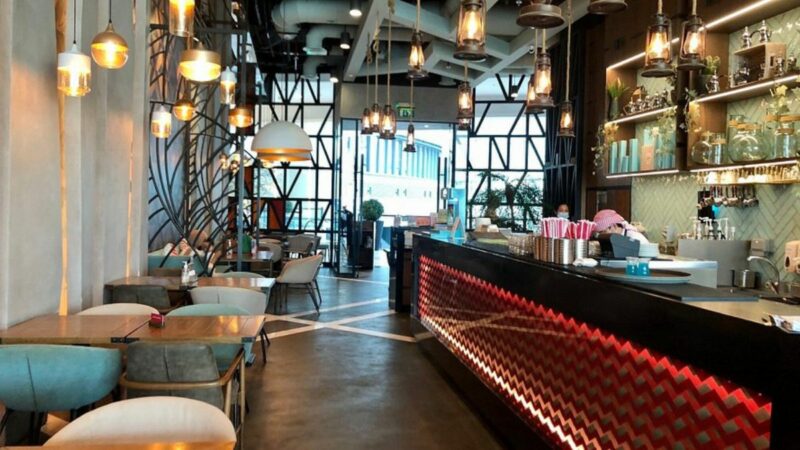
Siraj (Souk Al Bahar, Dubai)
A fusion of Emirati and Levantine flavors, offering standout dishes such as saffron prawns and the traditional lamb Ouzi.
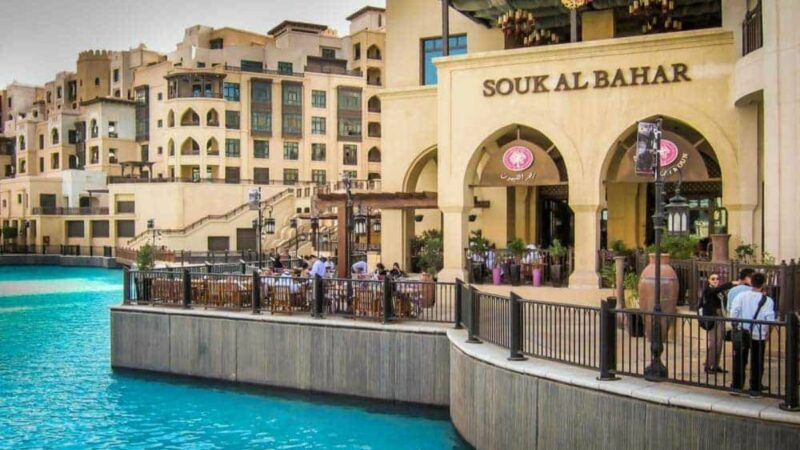
Arabian Tea House (Al Fahidi Historical Neighborhood, Dubai)
Relish classic dishes like Laham Machboos in a charming, historic courtyard setting.
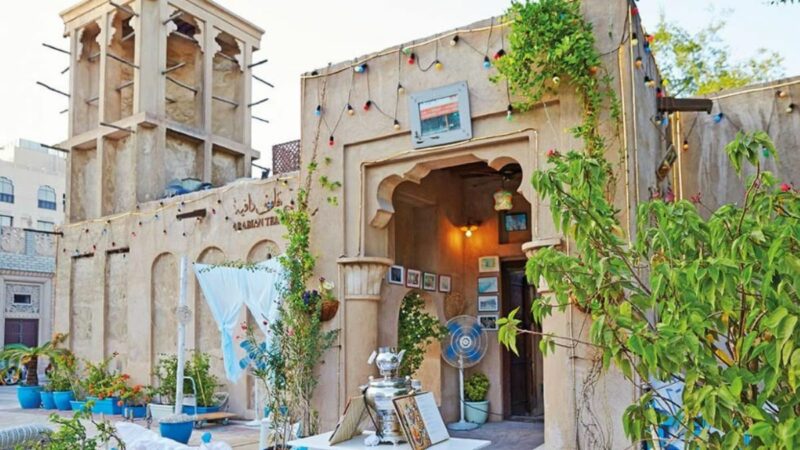
Al Khayma Heritage Restaurant (Dubai)
Specializing in farm-fresh Emirati classics like Balaleet and the hearty Dango, served in a heritage-inspired ambiance.
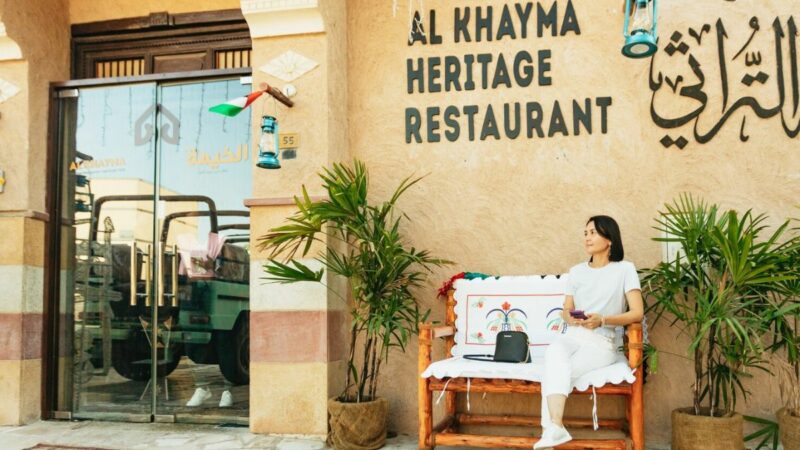
Ana Restaurant (City Walk, Dubai)
A chic space blending traditional and modern Emirati dishes, perfect for a stylish dining experience.
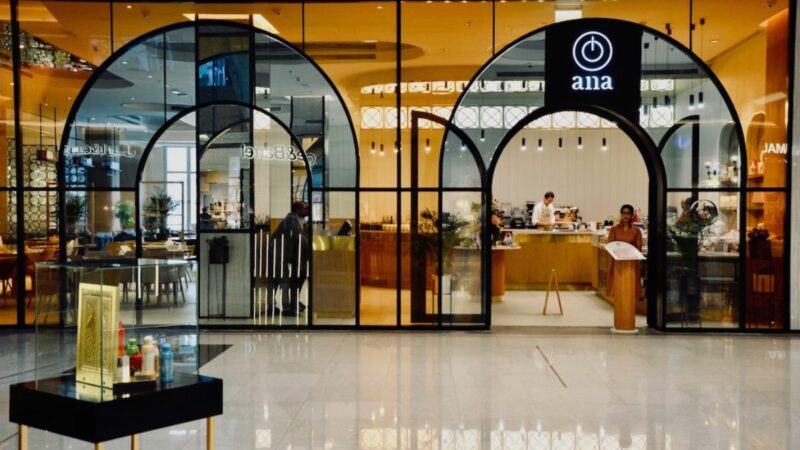
Aseelah (Radisson Blu Hotel, Dubai)
Fine dining meets Emirati classics with innovative fusion dishes, including samak and other coastal delights.
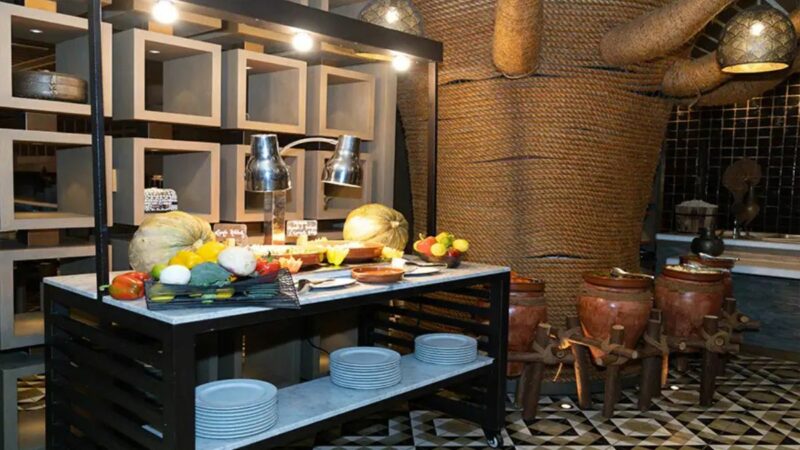
Al Jalboot (Abu Dhabi)
A haven for seafood lovers, serving freshly grilled fish, prawns, and Emirati rice specialties.
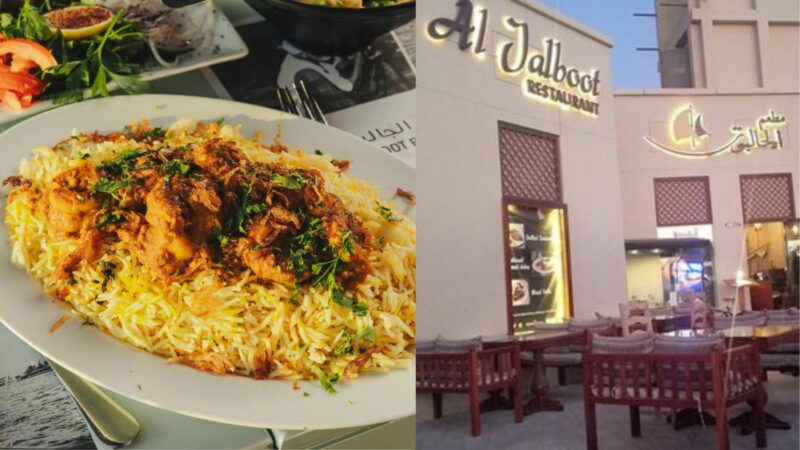
Neem Tree Lounge (Ajman)
Relax in a serene setting while enjoying traditional dishes like Machboos and the ever-popular Luqaimat.
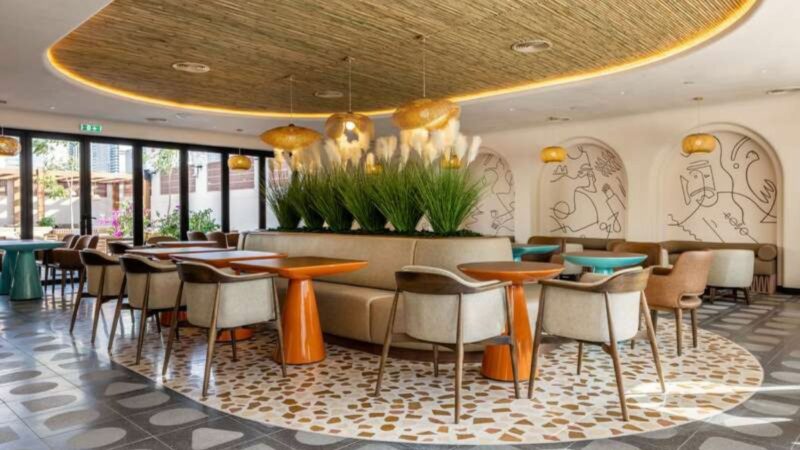
SMCCU (Sheikh Mohammed Centre for Cultural Understanding) (Al Fahidi, Dubai)
Combine authentic Emirati dining with cultural insights in this unique educational experience.
